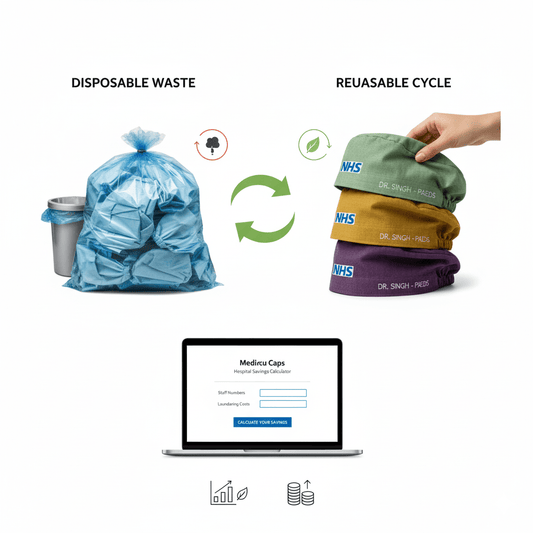
Understanding Surgical Site Infections (SSIs)
Understanding Surgical Site Infections (SSIs) and the Role of Scrub Caps in Prevention
Understanding Surgical Site Infections (SSIs) is essential for improving surgical outcomes and patient recovery. SSIs are significant complications that can arise after surgery, leading to prolonged hospital stays, increased healthcare costs, and potential risks to patient health. They are categorized into three types:
- Superficial Incisional SSI: Occurs at the skin's surface where surgery was performed, often presenting with redness, swelling, or discharge.
- Deep Incisional SSI: Affects deeper tissues, including muscle and fascia, and may result in fever or wound reopening.
- Organ/Space SSI: The most severe type, involving infections in internal parts manipulated during surgery, often causing systemic symptoms like fever and pain.
For detailed guidelines on SSIs, visit the Centers for Disease Control and Prevention (CDC).
How Scrub Caps Help in Preventing SSIs
A key factor in understanding Surgical Site Infections is recognizing the role of preventive measures such as scrub caps. These caps are vital in maintaining a sterile surgical environment by containing hair-borne bacteria and other microorganisms that could contaminate the surgical field. Since hair naturally harbors pathogens, wearing scrub caps significantly reduces the risk of SSIs.
Learn more about the importance of surgical attire at the World Health Organization (WHO).
Additional SSI Prevention Strategies
- Preoperative Preparations: Use of antiseptics and proper skin cleansing.
- Antibiotic Prophylaxis: Timely administration of antibiotics to lower infection risk.
- Sterile Techniques: Ensuring sterile surgical instruments and environments.
- Scrub Caps: Essential for both surgical staff and patients to prevent contamination.
Explore evidence-based practices for SSI prevention at the National Institute for Health and Care Excellence (NICE).
A Comprehensive Approach to Infection Control
Preventing SSIs demands a holistic strategy that incorporates preoperative, intraoperative, and postoperative measures. In addition to scrub caps, practices like hand hygiene, sterile gloves and gowns, and careful wound care play crucial roles in reducing infection risks. By understanding Surgical Site Infections and adopting these comprehensive measures, healthcare professionals can improve patient safety and surgical success.
For an in-depth understanding of SSIs and research insights, visit the Journal of Hospital Infection.





